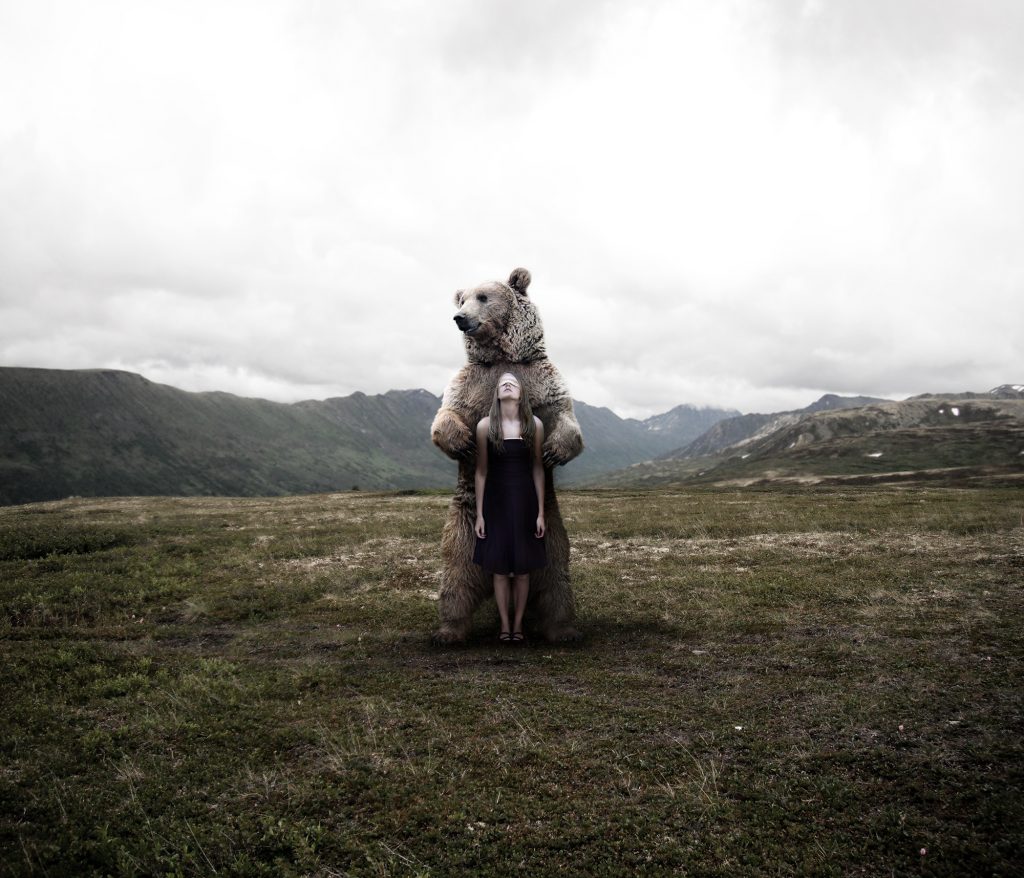
The classical author Diodorus explained the origin of animal worship by recalling the myth in which the gods, supposedly threatened by giants, hid under the guise of animals. The people then naturally began to worship the animals that their gods had disguised themselves as and continued this act even after the gods returned to their normal state. In 1906, Weissenborn suggested that animal worship resulted from man’s natural curiosity, primitive man would observe an animal that had a unique trait and the inexplicability of this trait would appeal to man’s curiosity. Wonder resulted from primitive man’s observations of this distinctive trait and this wonder eventually induced adoration. Thus, primitive man worshipped animals that had inimitable traits.Lubbock put forward a more recent view, he proposed that animal-worship originated from family names. In societies, families would name themselves and their children after certain animals and eventually came to hold that animal above other animals. Eventually, these opinions turned into deep respect and evolved into fully developed worship of the family animal. The belief that an animal is sacred frequently resulted and still does to this day in dietary laws prohibiting their consumption, as well as holding certain animals to be sacred, religions have also adopted the opposite attitude, that certain animals are unclean. The idea that divinity embodies itself in animals, such as a deity incarnate, and then lives on earth among human beings is disregarded by Abrahamic religions. In Independent Assemblies of God and Pentecostal churches, animals have very little religious significance. Animals are frequently used for the purposes of divination. Birds are especially common in this role, as by their faculty of flight they offer themselves to the interpretation as messengers between the celestial and human spheres. Augury was a highly developed practice of telling the future from the flight of birds in Classical Antiquity. The dove appears as an oracular animal in the story of Noah, and also in Thisbe in Boeotia there was a dove-oracle of Zeus. Animal imagery was also often employed in the oracular utterances in Ancient Greece. Animals have become less and less important and symbolic in cult rituals and religion, especially among African cultures, as Christianity and Islamic religions have spread. The Egyptian pantheon was especially fond of zoomorphism, with many animals sacred to particular deities—cats to Bastet, ibises and baboons to Thoth, crocodiles to Sobek and Ra, fish to Set, mongoose, shrew and birds to Horus, dogs and jackals to Anubis, serpents and eels to Atum, beetles to Khepera, bulls to Apis.
Story by Andrea Guitierrez.

